
Ever stood in the baking aisle, holding a box of cornstarch, and wondered if it's actually safe for your gluten-free cake? You're not alone. So many recipes call for that silky-white powder to lighten crumb, thicken sauces, or help flour blends work better in gluten-free baking. But when gluten is the enemy, even everyday kitchen staples can feel risky.
If you’re craving a soft, fluffy gluten-free cake, cornstarch can absolutely help. But not all brands are a safe bet for people who really need to avoid gluten. The short answer: pure cornstarch, made from corn, is naturally gluten-free. Still, there’s a catch. Cross-contamination during processing is a real thing. Some factories handle both wheat products and cornstarch, and bits of gluten can sneak in.
If you’re celiac or super sensitive, this matters. Always look for that “gluten-free” label or a note saying it’s processed in a gluten-free facility. Don’t get fooled by plain packaging—assume nothing. If you’re not sure, call the company or check their site before adding cornstarch into your cake mix. Trust me, your stomach will thank you.
- Cornstarch: What Is It Exactly?
- Is Cornstarch Safe for Gluten-Free Baking?
- Label Reading and Hidden Gluten Risks
- Smart Tips for Gluten-Free Cake Success
Cornstarch: What Is It Exactly?
Cornstarch is that fine white powder you see in a lot of basic baking recipes. It’s made purely from the starchy parts of corn kernels—basically, the endosperm. Fact: It’s not the same thing as corn flour or cornmeal (those have more protein and fiber, and look yellowish). Food companies first figured out how to separate corn’s starch in the mid-1800s, and since then, it's shown up everywhere from home kitchens to big bakeries.
What makes cornstarch so handy in the world of baking? Its superpower is thickening and tenderizing. In gluten-free cakes, it gives that crumb a soft, moist texture that’s hard to get with just rice or almond flours. Cornstarch helps cakes hold together without making them heavy or gummy, and it’s totally flavorless—so your cake flavor stays on point.
Here’s a quick lowdown on why cornstarch stands out:
- Source: Made only from corn—crop is mostly grown in the Midwest U.S.
- Look and Feel: White, silky powder, dissolves easily in liquids
- Uses: Thickens sauces and puddings, softens baked goods, prevents caking in sugar
- Nutrition: Mainly carbs, almost zero fat or protein
If you’re curious about how cornstarch compares to similar ingredients, here’s a useful table:
| Ingredient | Main Source | Gluten-Free? | Main Use in Baking |
|---|---|---|---|
| Cornstarch | Corn | Yes (if pure) | Tenderizes, thickens, softens texture |
| Wheat Flour | Wheat | No | Main flour, structure |
| Arrowroot | Arrowroot plant | Yes | Thickens, lightens crumb |
| Potato Starch | Potato | Yes | Thickens, adds moisture |
If you’re baking for someone on a gluten-free diet, cornstarch is pretty much a staple, right up there with almond or coconut flour. Just remember, it’s all about using the pure, uncontaminated stuff. Otherwise, that gluten-free cake could end up not so gluten-free.
Is Cornstarch Safe for Gluten-Free Baking?
Pure cornstarch is made from the starchy part of corn kernels, so it doesn’t come anywhere near wheat, barley, or rye. Technically, it starts out completely gluten-free. For your gluten-free cake baking, that's great news. But real life can throw some curveballs, especially during packaging and processing.
The big worry comes down to where and how the cornstarch is processed. Some manufacturers use the same lines or factories for corn and wheat-based products, which means small traces of gluten could end up in your cornstarch. That’s cross-contamination. According to research, up to 32% of foods labeled “gluten-free” failed to meet FDA standards (
| Year | % Tested Samples Not Gluten-Free |
|---|---|
| 2023 | 32% |
| 2022 | 29% |
Here's a quick checklist if you want to play it safe:
- Check for a certified gluten-free label on the box.
- Peek at the packaging for “processed in a facility with wheat” warnings.
- Skip the generic store brands if you can’t confirm the details.
- If you’re super sensitive, stick with trusted brands like Argo or Bob’s Red Mill. They’re clear about gluten-safe practices.
The Gluten Intolerance Group says,
"Cornstarch itself is gluten-free, but always check packaging for potential cross-contact. Different facilities use different standards and cleaning practices.”
If you’re baking for someone with celiac disease or an allergy, don’t take risks. Even a crumb of flour can cause a problem. When in doubt, call the brand’s customer support or scan their website for allergen statements before baking your cake.
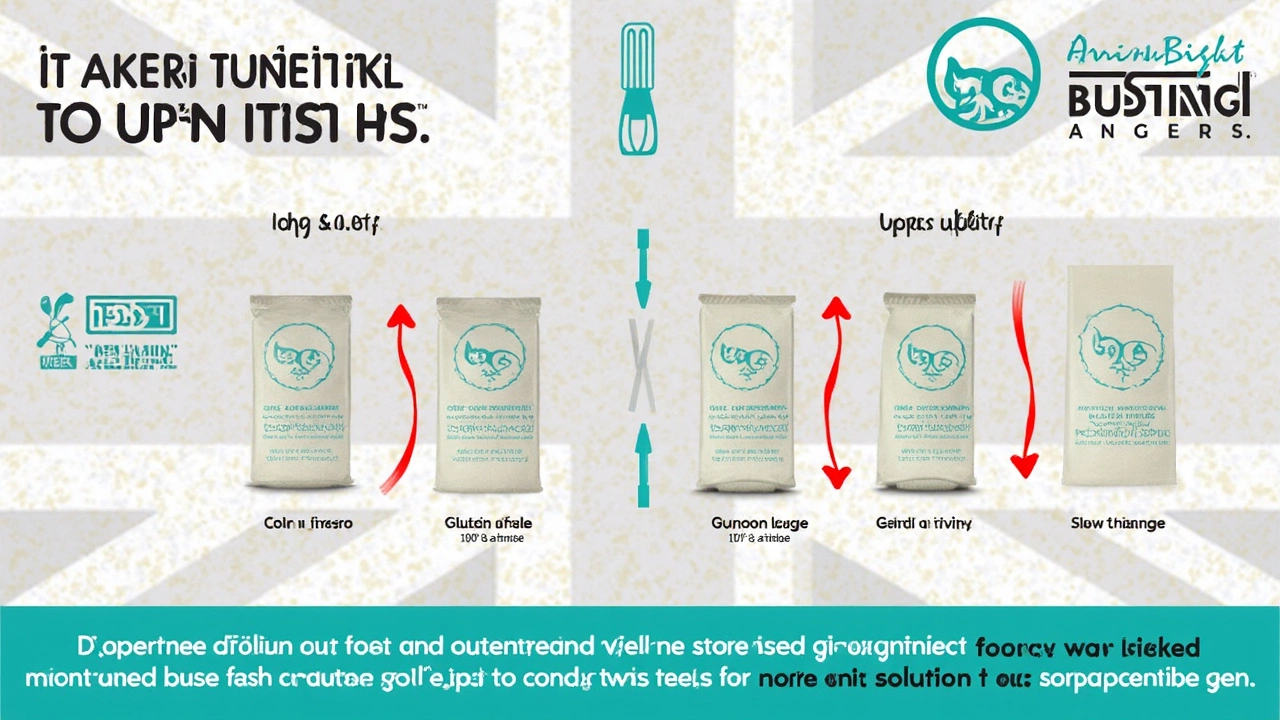
Label Reading and Hidden Gluten Risks
Think every box of cornstarch is safe for your gluten-free baking? That’s just not true. Food labels can be confusing and sometimes misleading, especially if you’re worried about traces of wheat sneaking in. One random survey by Gluten-Free Watchdog found that of 12 major cornstarch brands tested in the U.S., two tested positive for detectable gluten. Cross-contact during manufacturing is a big deal.
Here’s how to outsmart the pitfalls when you shop for gluten-free cornstarch:
- Look for a "gluten-free" seal: Don’t settle for vague promises. Reputable brands often have third-party certification logos right on the box. These are your safest bets, especially for celiacs or those highly sensitive.
- Scan for allergen warnings: Terms like “processed in a facility that also processes wheat” are red flags. Even a trace can set off symptoms for some people, so skip those brands.
- Read the ingredient list: It should say only “cornstarch.” If it lists anything else, or if you see odd “modified starch” or “food starch,” check if it’s actually from corn, not wheat or another grain.
Here’s a quick look at how common U.S. cornstarch brands stack up on gluten-free safety:
| Brand | Certified Gluten-Free? | Facility Wheat Warning? |
|---|---|---|
| Argo | Yes | No |
| Clabber Girl | No | Sometimes |
| Rumford | No | Yes |
| Bob's Red Mill | Yes | No |
One more tip: store brands can be a mixed bag. Some are totally fine, others hide their processing info. If you can’t easily find gluten info, it’s better to pick a brand that spells it out. Or just shoot an email to customer service—most reply quickly because they know gluten-free folks mean business when it comes to food safety.
Smart Tips for Gluten-Free Cake Success
Baking a gluten-free cake that actually tastes good and has a nice texture isn’t just luck—it’s all about the details. If you want that soft, springy crumb, you need to be picky with your ingredients and pay attention to a few basic rules.
Gluten-free cakes depend a lot on starches like cornstarch for lightness. They can help mimic what wheat flour does in regular recipes. But that only works if everything is safe and actually gluten-free.
- Double check labels every time. Ingredients change. Something that was gluten-free last month could be different now. Don’t trust old habits—read the label for each new box or bag you buy.
- Measure carefully. Using the right ratio of flours to starch (like cornstarch) makes a big difference. For every cup of flour blend, most gluten-free recipes call for about ¼ cup of cornstarch for extra softness.
- Mix thoroughly and let it rest. Gluten-free batters need a bit more whisking to blend well. After mixing, let the batter sit for 20-30 minutes. This gives the starches time to soak up liquid, which helps prevent grittiness.
- Avoid cross-contact in your kitchen. Don’t use the same measuring cups or bowls you use for regular flour unless they’re washed well. Even a crumb of wheat flour can mess things up if you’re super sensitive.
If you’re adapting an old favorite that uses only wheat flour, you’ll usually get better results with a blend of gluten-free flours plus a starch like cornstarch, instead of a one-to-one swap.
| Key Ingredient | Role in Gluten-Free Cake | Example Ratio |
|---|---|---|
| Cornstarch | Adds softness, improves crumb | 1/4 cup per 1 cup flour |
| Xanthan gum | Binds, gives structure | 1/2 tsp per cup flour |
| Rice flour | Main bulk | Varies; usually 1/2–3/4 of blend |
| Sugar | Flavor, moisture | Based on recipe |
One last thing: storage matters. Gluten-free cakes dry out faster than regular ones. If you’re not eating your cake the same day, wrap it up tight and freeze leftovers. You can even freeze slices and toast them later—it keeps them from turning into bricks.


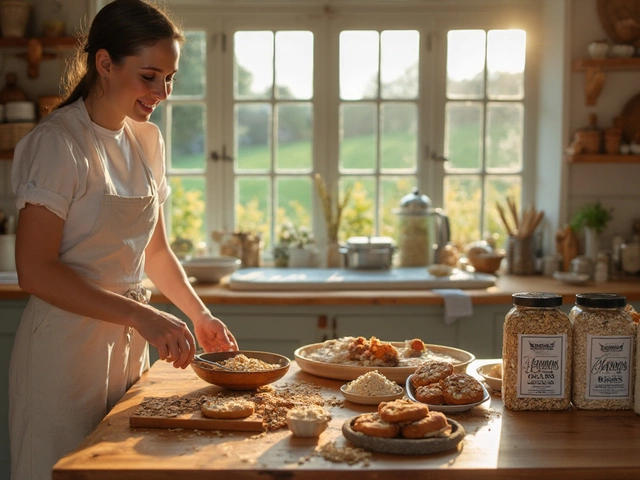
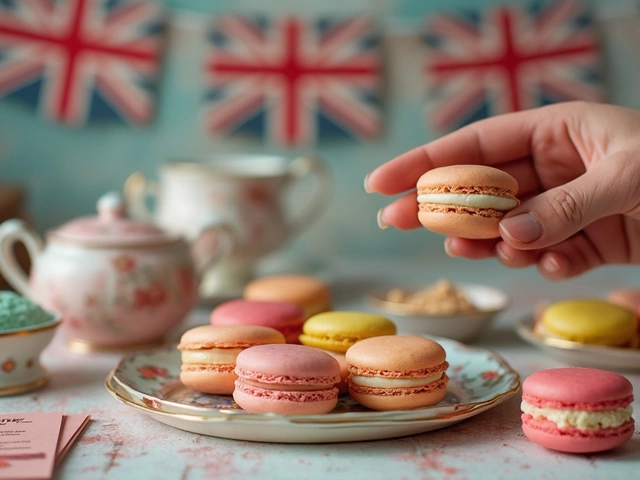


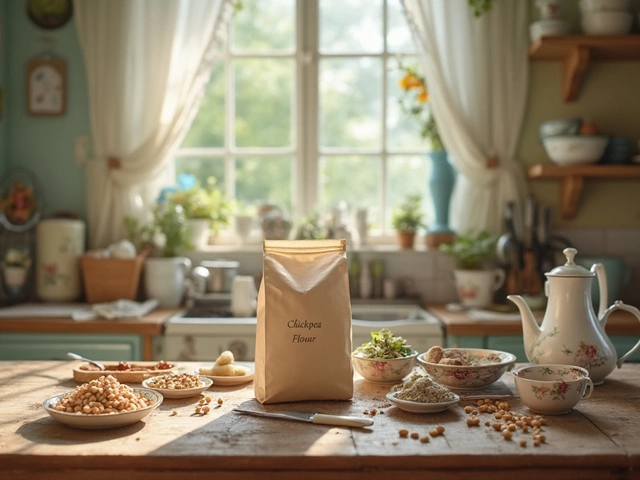
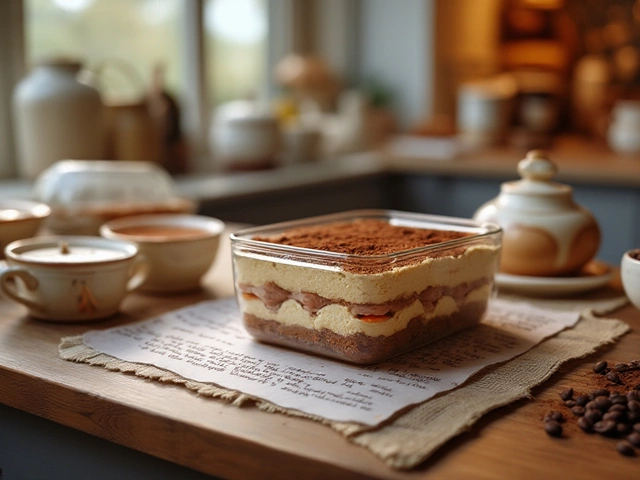
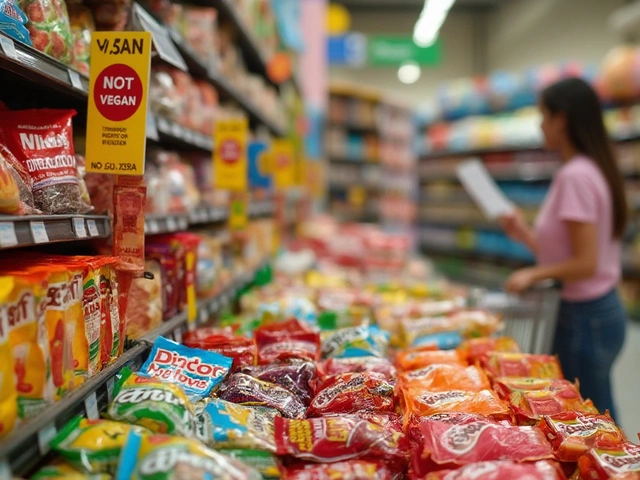


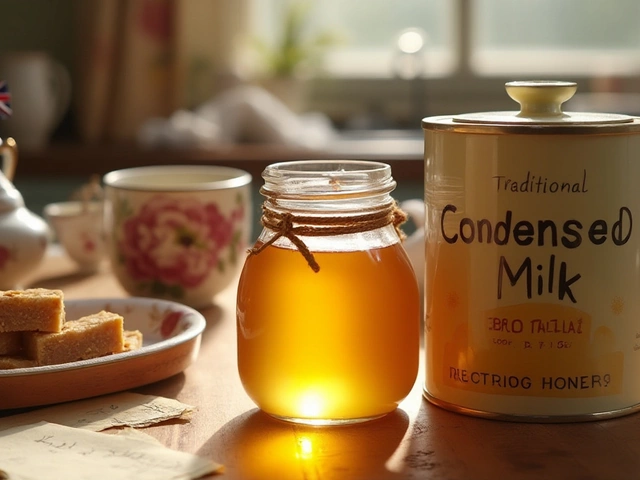
Write a comment